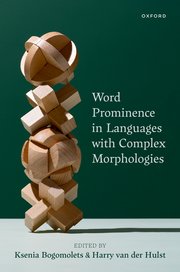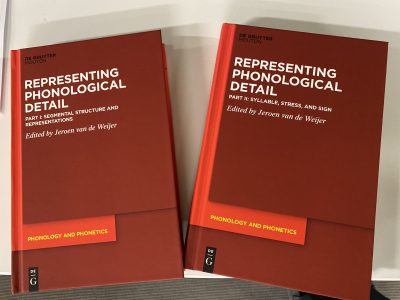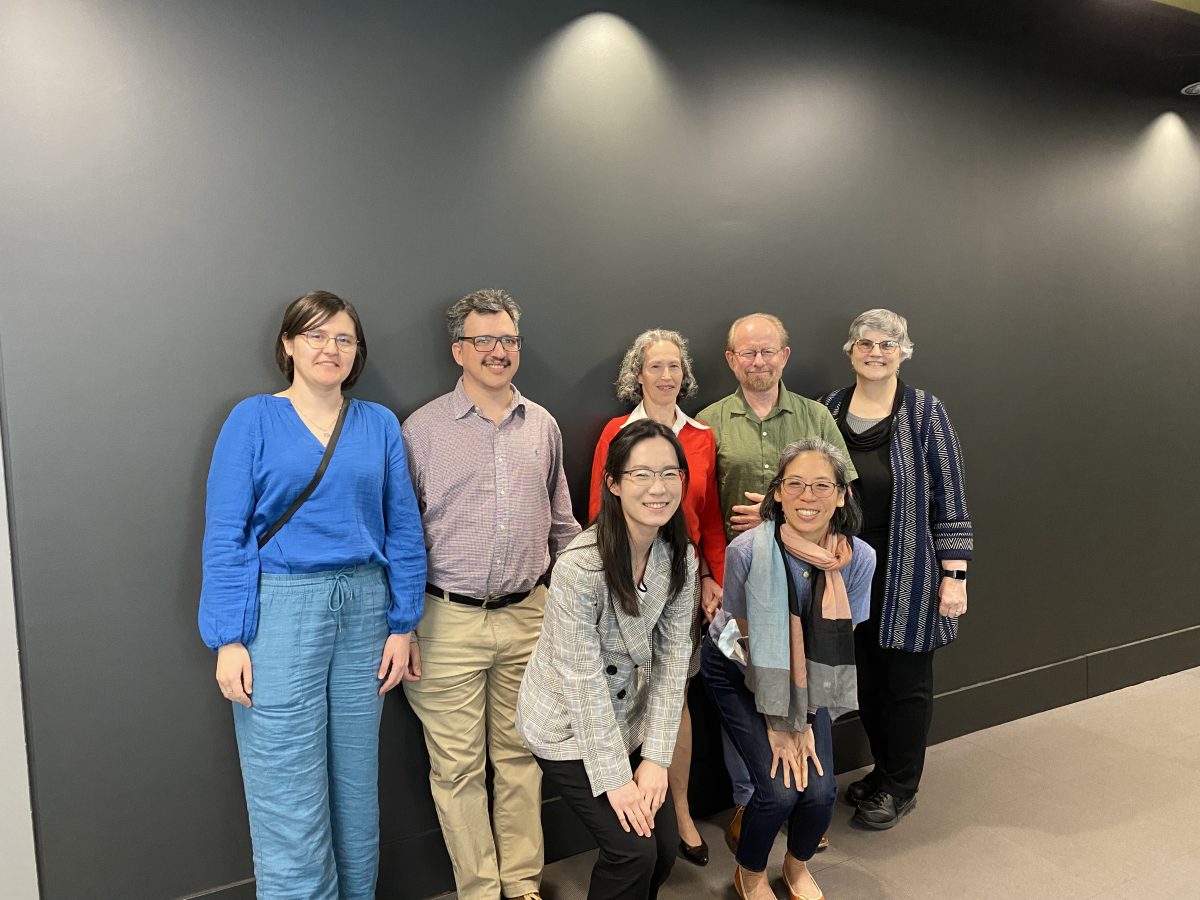Magdalena Kaufmann‘s paper “From Coherence Relations to the Grammar of Pronouns and Tense” has just appeared in Vol. 23, No. 69 of the Croatian Journal of Philosophy.
Abstract: Stojnić (2021) argues that the content of linguistic utterances is determined by the rules of natural language grammar more stringently than what is generally assumed. She proposes specifically that coherence relations are encoded by the linguistic structures and determine what individuals count as most prominent, thereby serving as the referents of free (“demonstrative”) pronouns. In this paper, I take a close look at the empirical evidence from English and Serbian that she offers in support of this position. Considering these data points in connection with additional linguistic data (also from German and Japanese), I argue that there is no compelling evidence for the assumption that coherence relations directly determine the resolution of pronouns. Instead, grammatical restrictions imposed by different types of pronouns and tenses have a larger impact on the meaning conventionally expressed by complex utterances than what is generally assumed in the literature on coherence relations.




